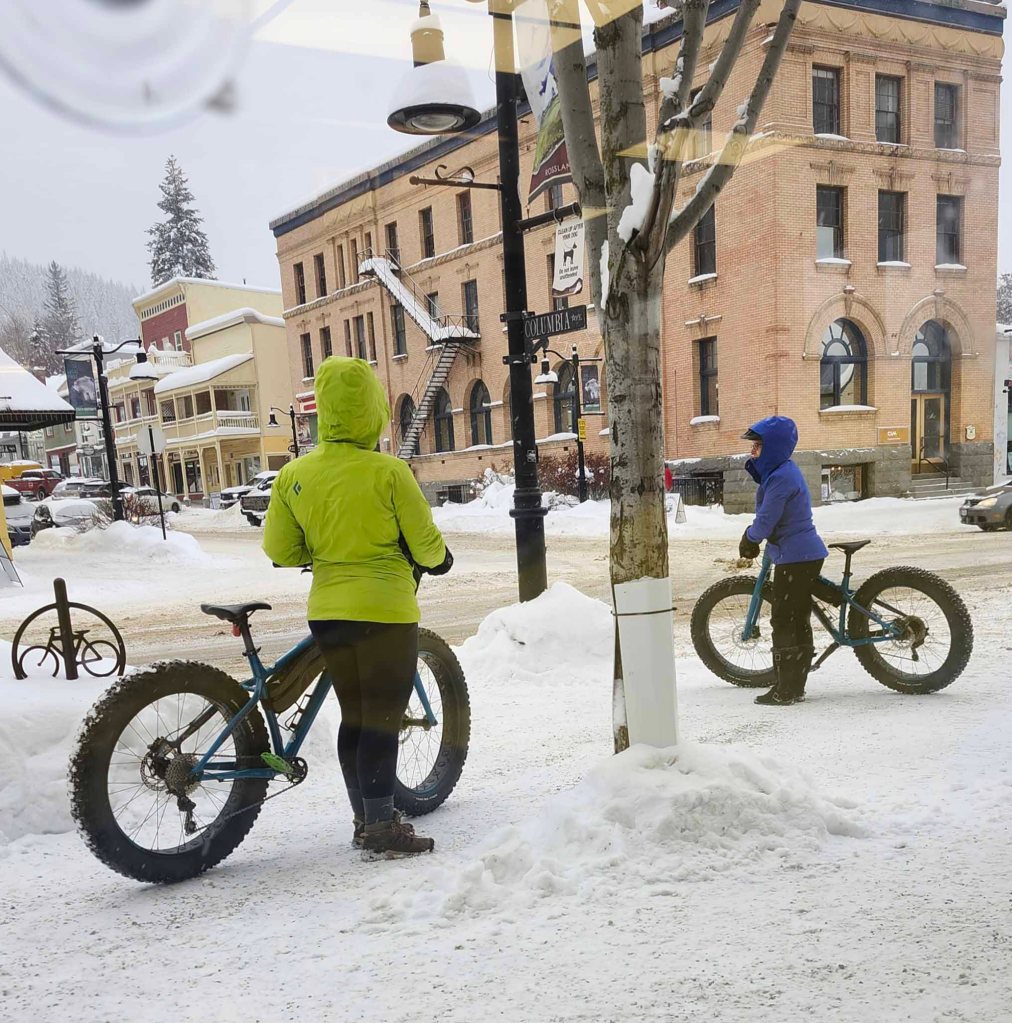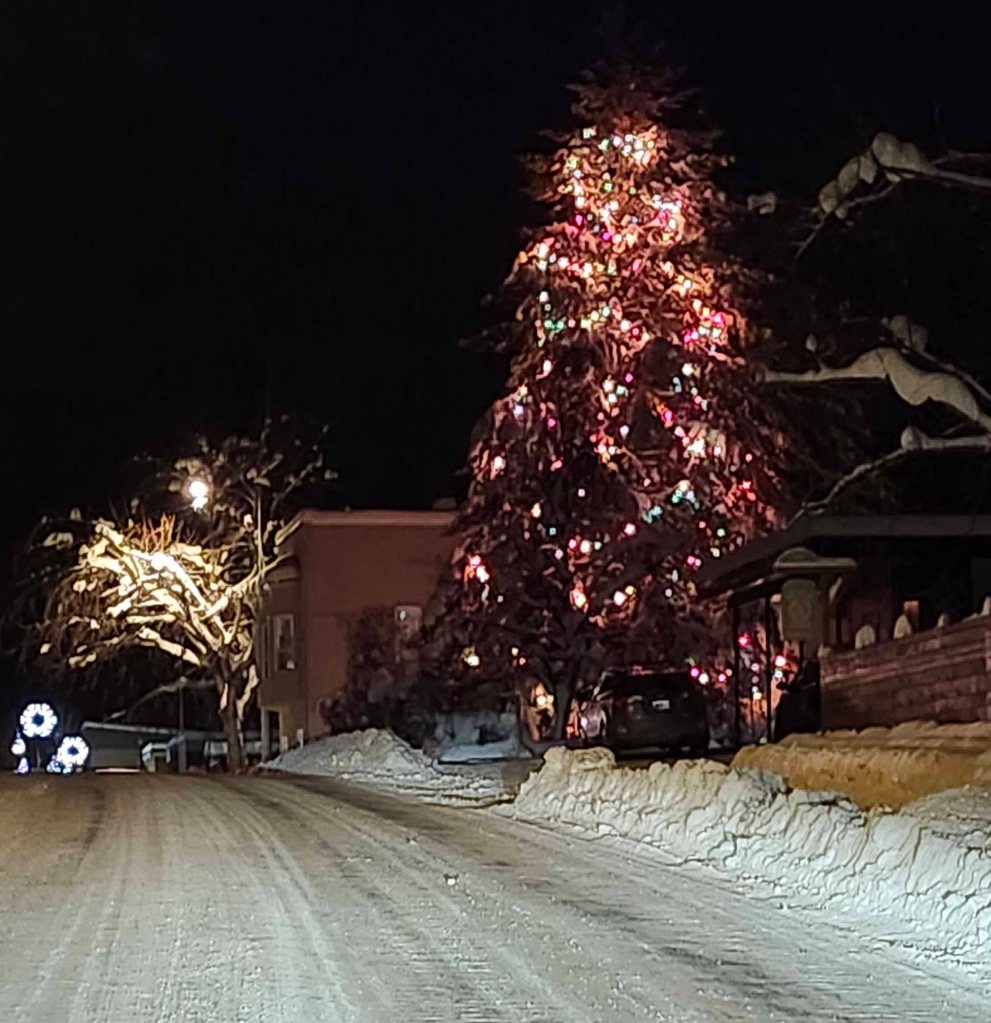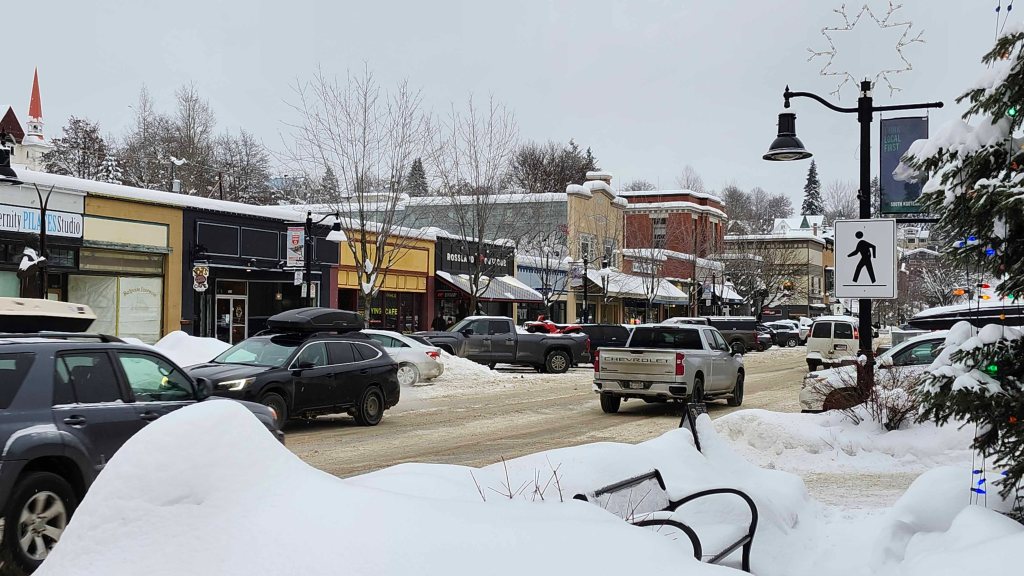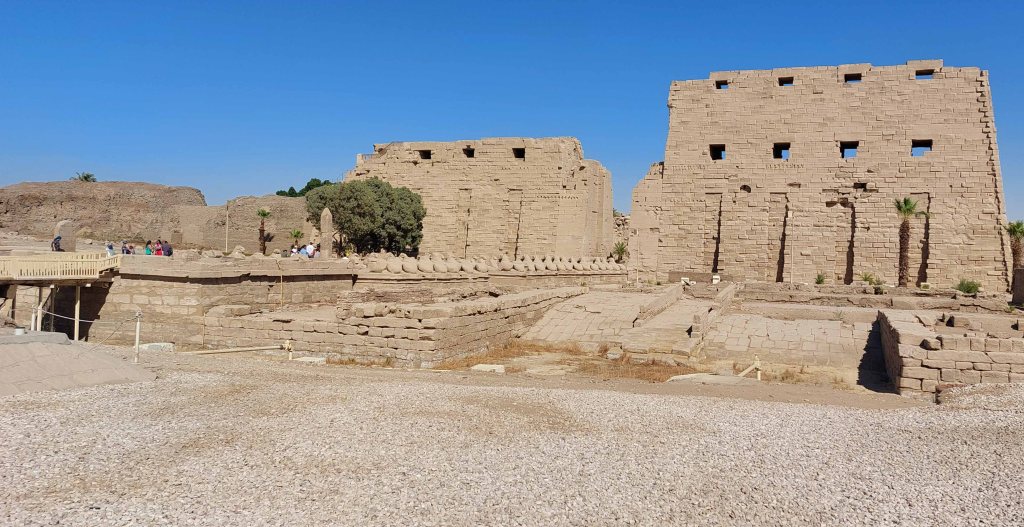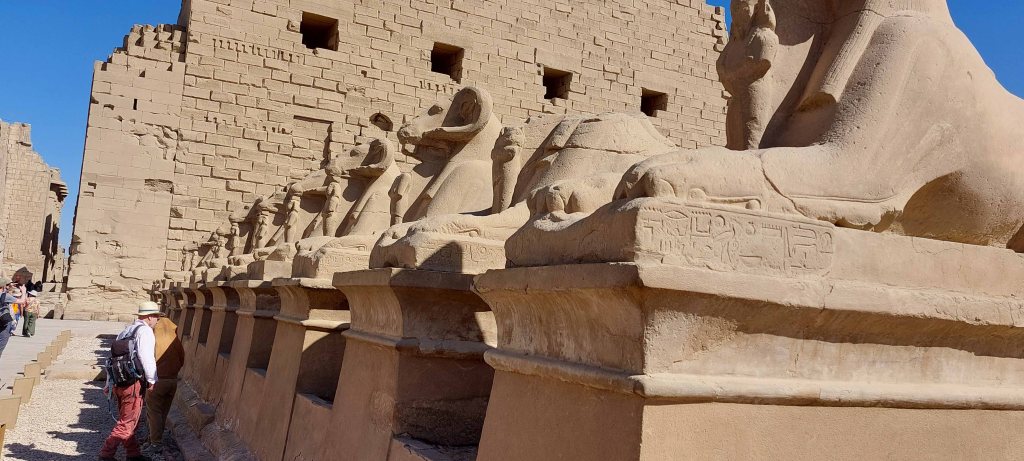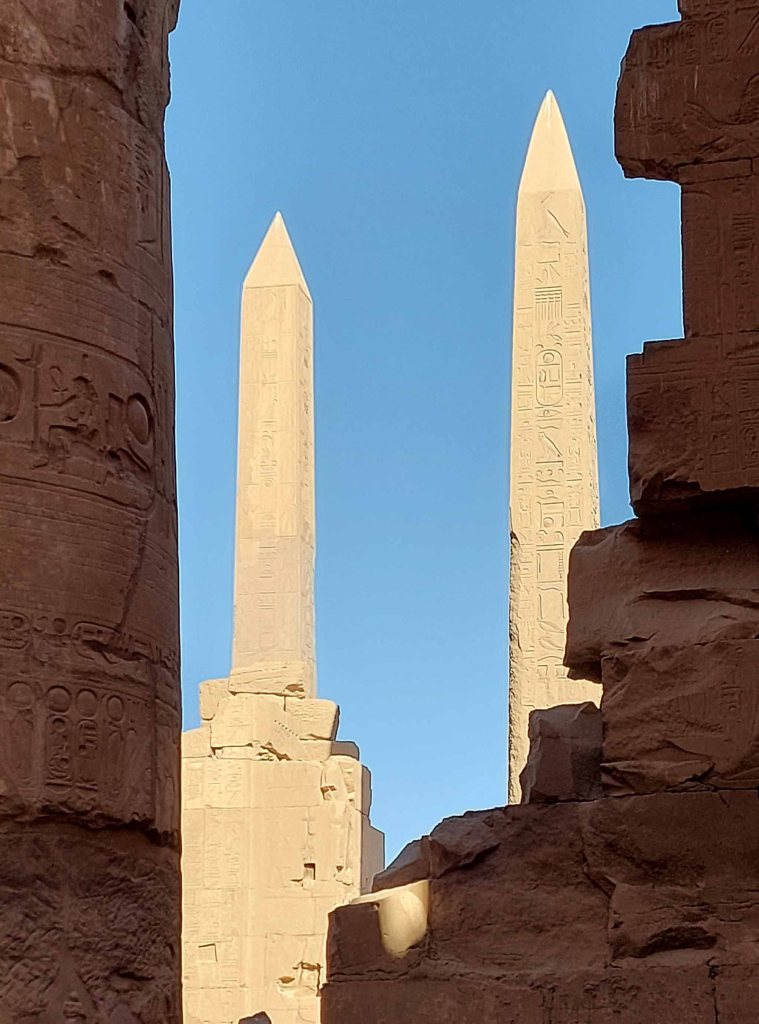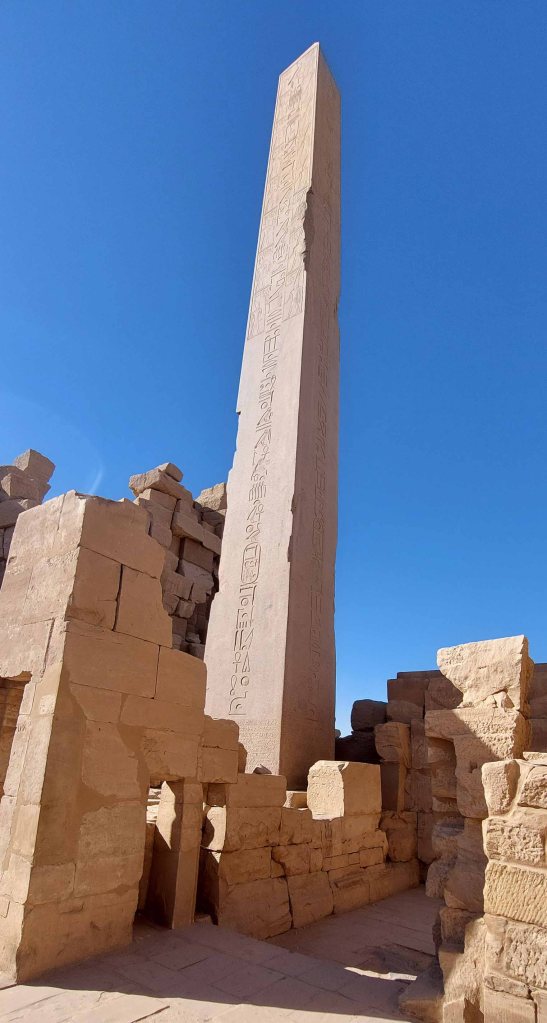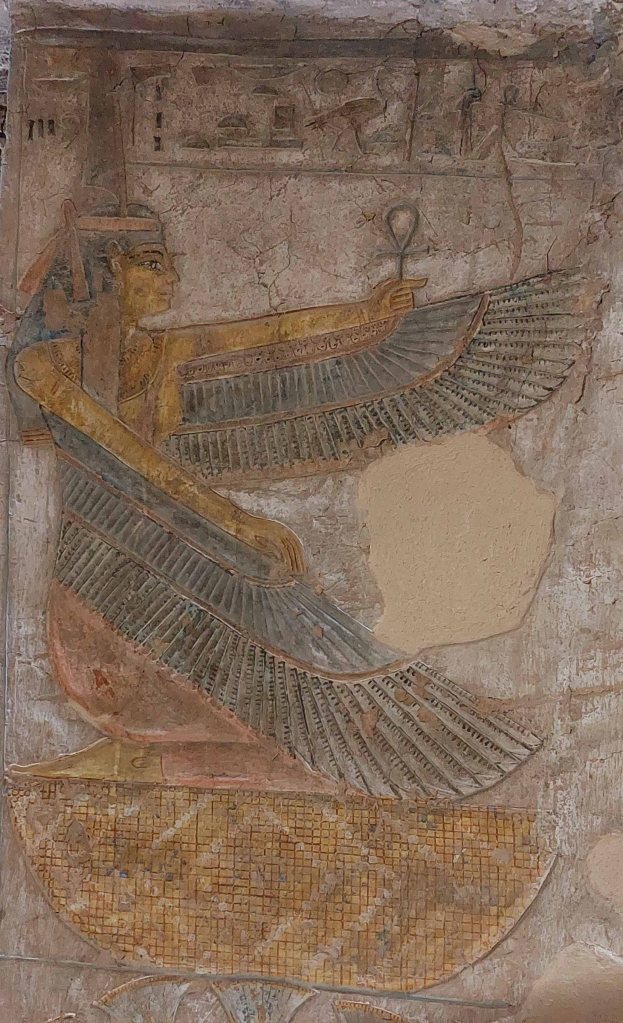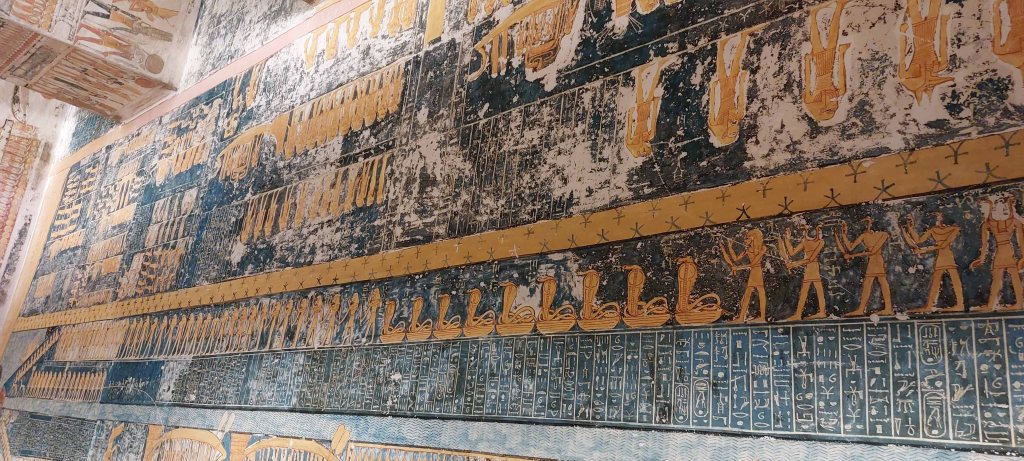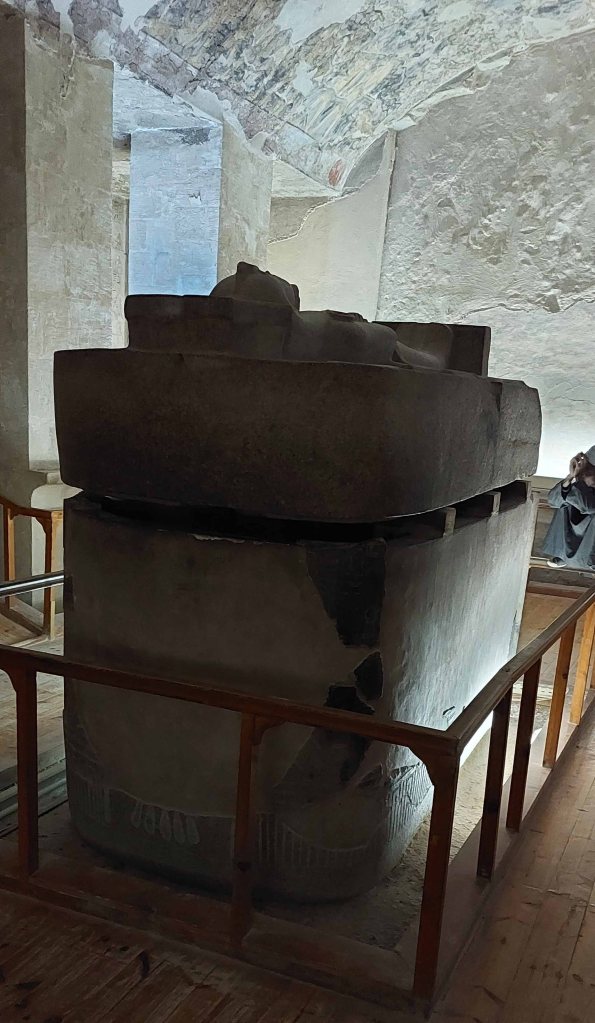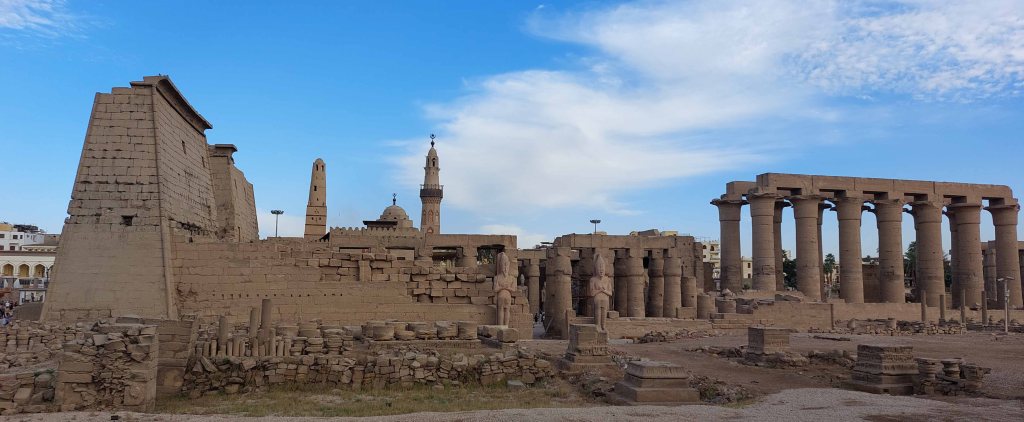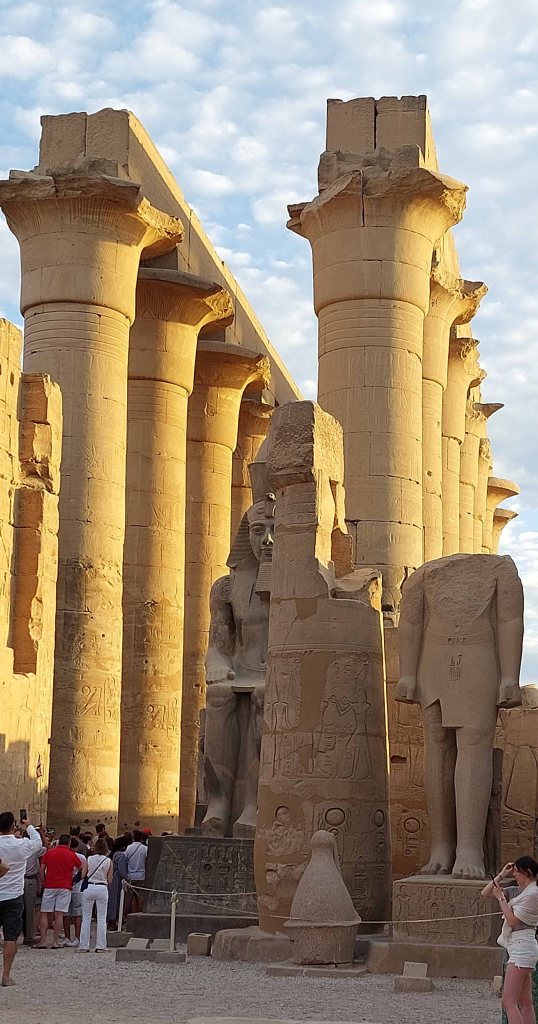
I drove the spectacular lake and mountain splashed Trans Canada Highway from Revelstoke to Kamloops. It’s about 3-4 hours. Eye popping views the entire way. Huge lakes with mountains dropping right down to the shore. And the Canadian National Railway snakes along the shore right along the other side. It was right out of a model railroad scene. Snowy, and I glimpsed a lakeside tunnel opening just as the lead freight locomotive popped through! I even saw my favorite wildlife of this road trip: a trumpeter swan.
I arrived in Kamloops about 1:30 p.m. and checked in to local landmark Scott’s Inn & Suites. Turned out to be a winner! I was checked in by a recently immigrated sub continent Indian who was training a recently immigrated woman from Ivory Coast. Best room of the trip with the biggest TV too. The Inn is a mid 20th Century kitschy architecture outside, but the rooms are 100% updated. Plus it has an equally quirky comfort food restaurant where hotel guests get 15% off. Most of the patrons at the restaurant are retirees. The food is straight up North American fare. Service is very efficient and helpful. I found it to be a super easy place for breakfast. Just crawl out of bed and head over. Once at Sun Peaks, every local I talked to knew about Scott’s! Seems like it is a staple in the Kamloops culture. After all, it’s been there over 60 years.
In contrast to Revelstoke and Rossland, which cater to the outdoor enthusiast, Kamloops is some kind of hodgepodge of outdoor recreation, agricultural, mining, railroad and timber industries’ regional headquarters. It has a gigantic railroad yard, where the famous Rocky Mountaineer passenger train was stored for the winter. I saw a film in a large shopping mall. Lots of tractor dealerships and service centers. The Canadian National was moving potash trains day and night. Potash is a mineral left over from ancient lakes, essential for fertilizer and mined in central Canada and shipped globally. And the banks that support these industries are well represented. It has a well developed bus transportation system with a sizeable central bus station. Kamloops is an easy 40-minute drive from the ski lifts at Sun Peaks.
With 4,270 acres of terrain, Sun Peaks is the second largest alpine ski area in Canada after Whistler Blackcomb. Its alpine village is walking-only, giving it a European feel. There’s no need to rush from Kamloops. You can get a good parking spot no worries!





During my three days at Sun Peaks, I covered the whole resort. I found the locals inclusive and friendly. In fact, on my very first lift up I met Redge and Louise, who own a house at the base. I skied with them all morning!
Conditions were very good, with plenty of fresh snow on tap. There was occasional fog blowing through.
Sun Peaks covers both sides of a valley with the village at the bottom. Locals said it gets drier snow than Whistler. Some said they’d switched to this place from Whistler because it’s less busy, less expensive and the snow is more reliable.
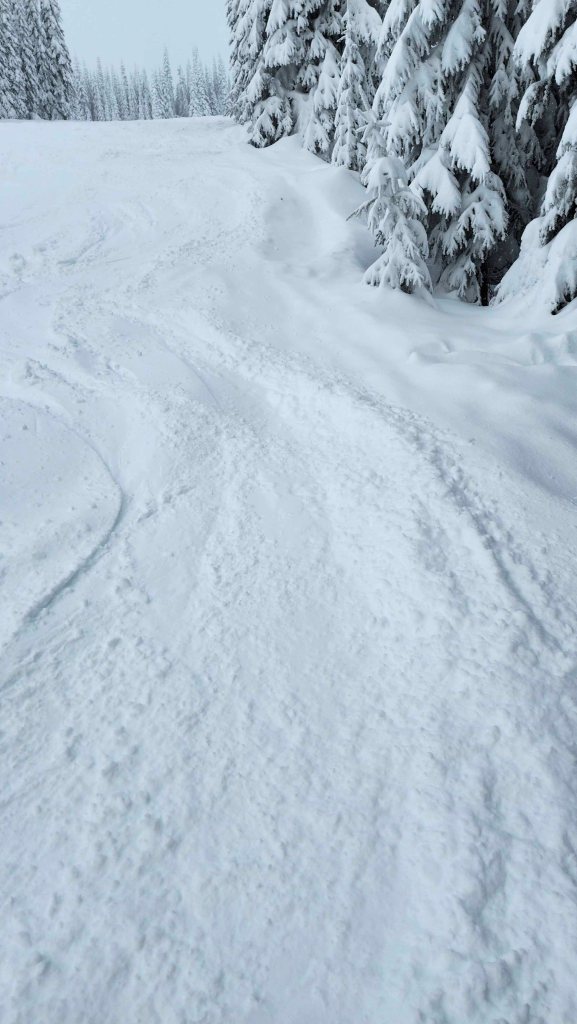
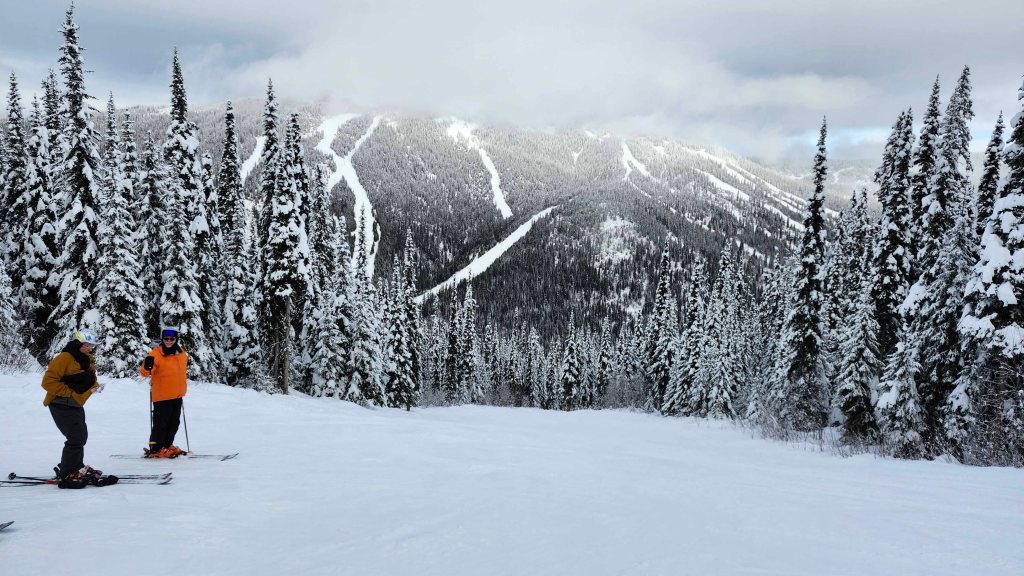
On day two, I opted to take part in one of Sun Peaks’ complimentary guided mountain tours. Like at RED Mountain, tours are divided up by ability level. We had maybe 7 guests in our group and two guides. They took us all over, including both sides of the valley. Lots of fun!



While Sun Peaks definitely caters to vacationers from afar, it’s very definitely a local Kamloops family ski area. There were races going on, and the lodge had many, many kids doing what kids do!
Sun Peaks was my last BC ski area on this road trip. I liked all of them! RED Mountain, Revelstoke and Sun Peaks all have strong points. I was to make Crystal Mountain, WA my next stop on my way back to Portland, OR where I live. But a strong warm front brought a rainy monsoon that washed over a foot of snow away. I canceled that part and returned home.
Would I return to these ski resort? Definitely! Good snow, welcoming people, and very uncrowded. These days, less crowded alpine skiing is priceless!













